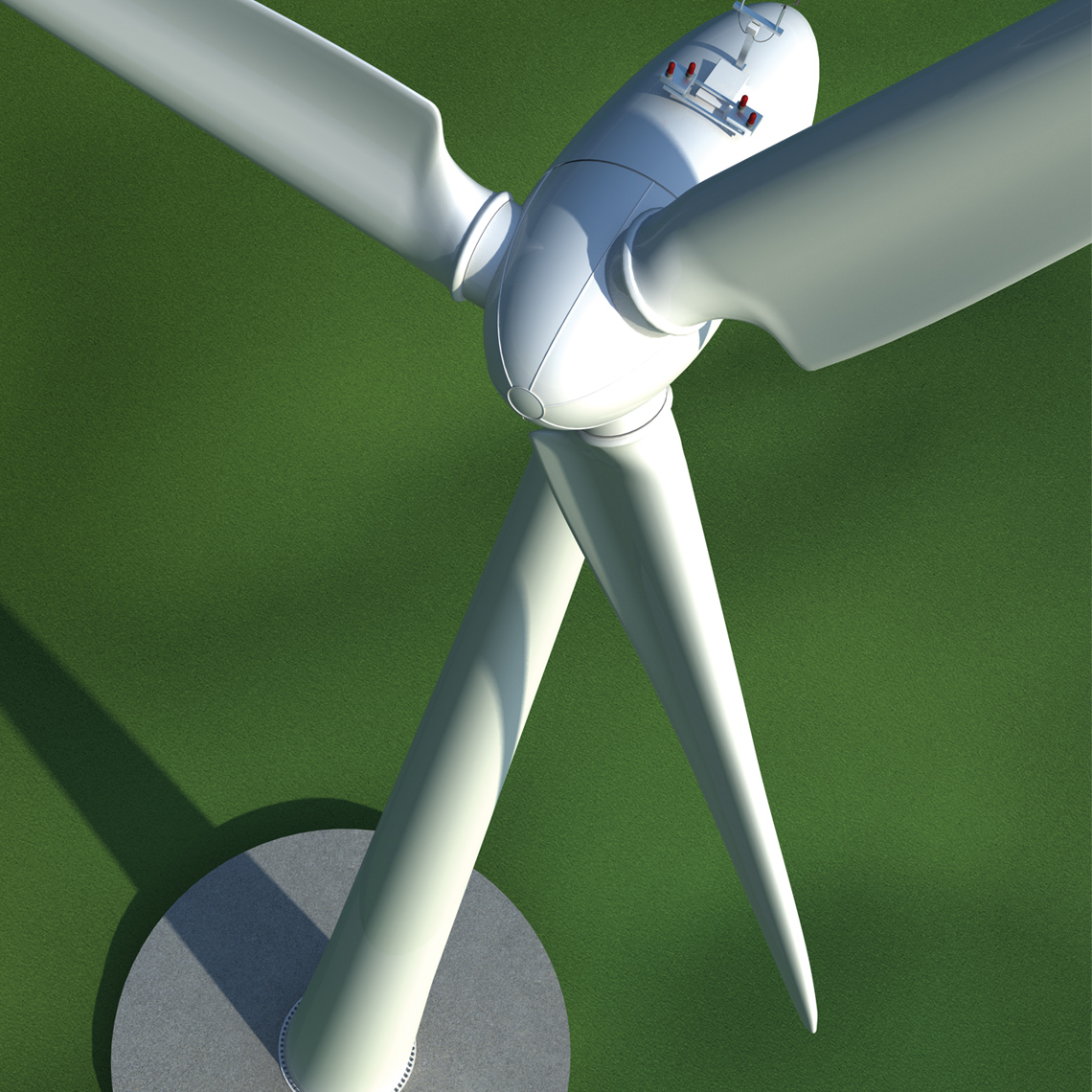VINNAPAS® solid resins (polyvinyl acetate) ,
as low-profile additives, prevent the shrinkage of the component and create perfect class A surfaces along with high mechanical performance.

They can be found in modern aircraft, racing cars and yachts - and have even flown to the moon. We’re talking about composites – extremely strong, lightweight construction materials. With their outstanding properties, they are the materials of the future.
Composites are up to 70 percent lighter than steel and 30 percent lighter than aluminum - but at the same time are extremely strong and corrosion resistant. This combination makes them interesting in a great many sectors. Thanks to weight savings, they reduce the fuel consumption of aircraft and cars. In the tour de France, composites are ahead of the pack in ultra-lightweight racing bikes. And mobility-impaired people welcome lightweight and maneuverable wheelchairs.

Composites – also known as fiber-reinforced materials – are special plastics in which polymers are combined with reinforcing carbon, glass or mineral fibers. For the production of thermoset composites, unsaturated polyesters (UP), vinyl esters (VE), phenolics, epoxy resins (EP), melamine resins and polyurethanes (PU) are principally used.
The combination of thermosets and reinforcing fibers is responsible for composites’ outstanding properties
There are many different methods used for the production of fiber composites. The best process for the job is chosen depending on the application and requirements.
As a leading supplier of composites components, WACKER helps ensure that fiber composites can be produced in ever better quality. WACKER as a partner will allow you to access all these products from a single source.

as low-profile additives, prevent the shrinkage of the component and create perfect class A surfaces along with high mechanical performance.
is used for bonding rotor blades and anchoring wind turbines.
improve the strength of composites by bonding together organic and inorganic materials.
enable the manufacture of reusable, precision-fit, fabric-reinforced silicone vacuum bags, thus ensuring cost-effective and efficient production of fiber-composite articles
are used to improve the impact behavior in composite systems.
is used for bonding rotor blades and in anchoring the wind turbine.
WACKER supplies products for manufacturing fiber composites in ever higher quality. Profit from WACKER’s one-stop solutions and expertise. Visit our product section for more details.
Discover products